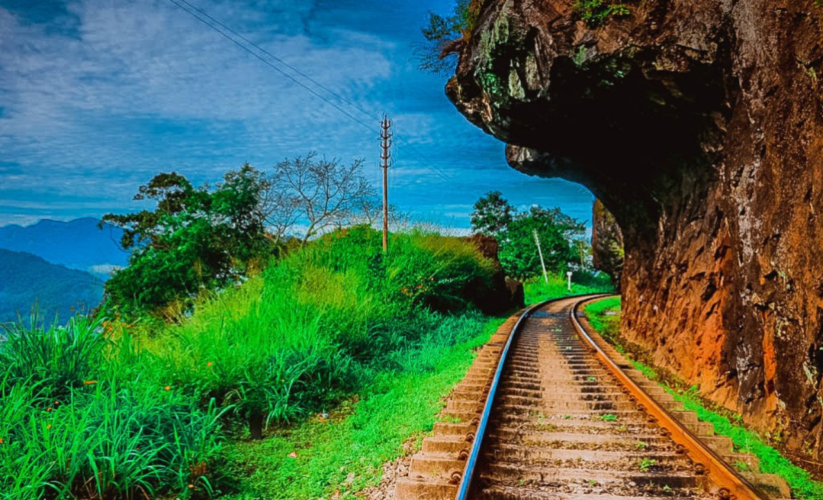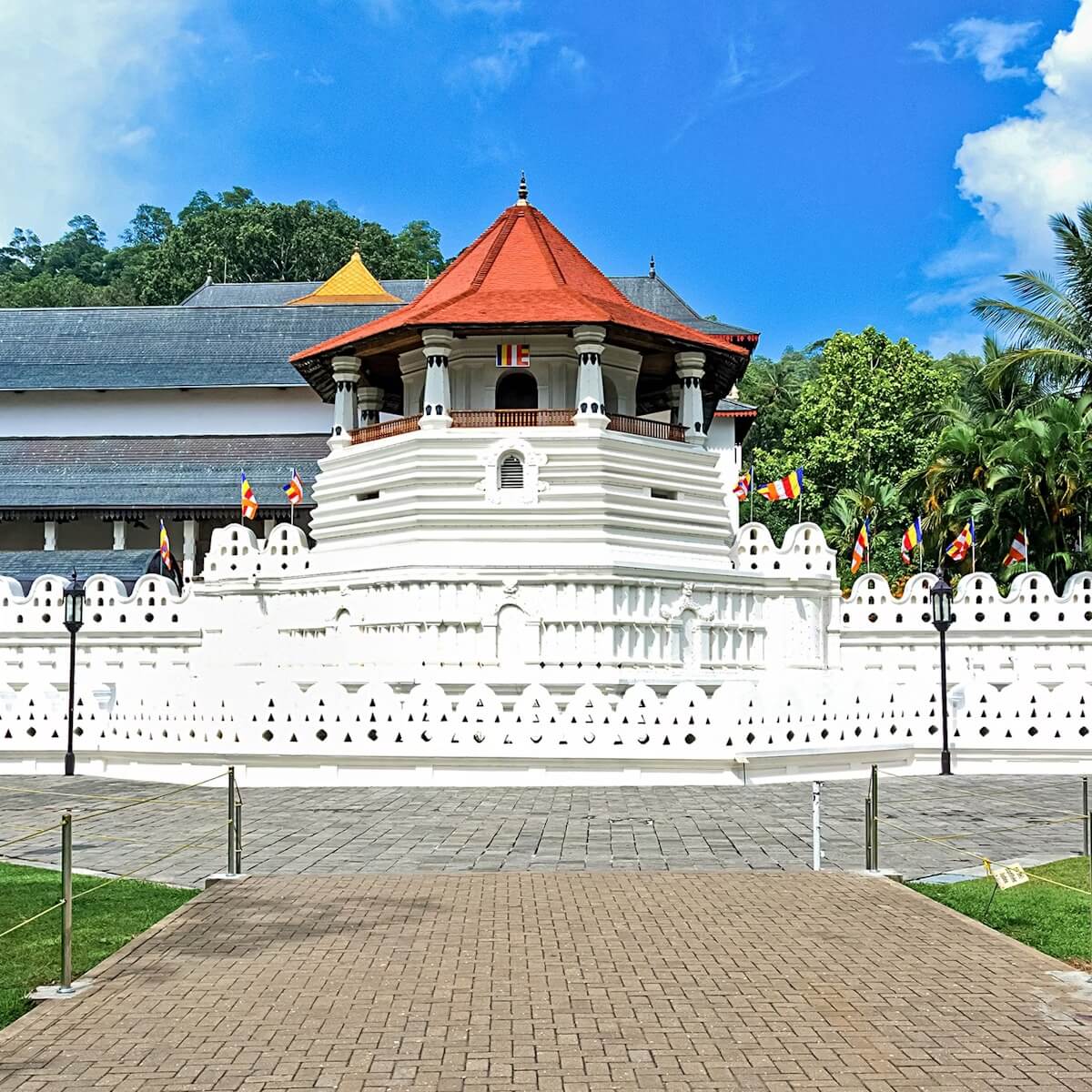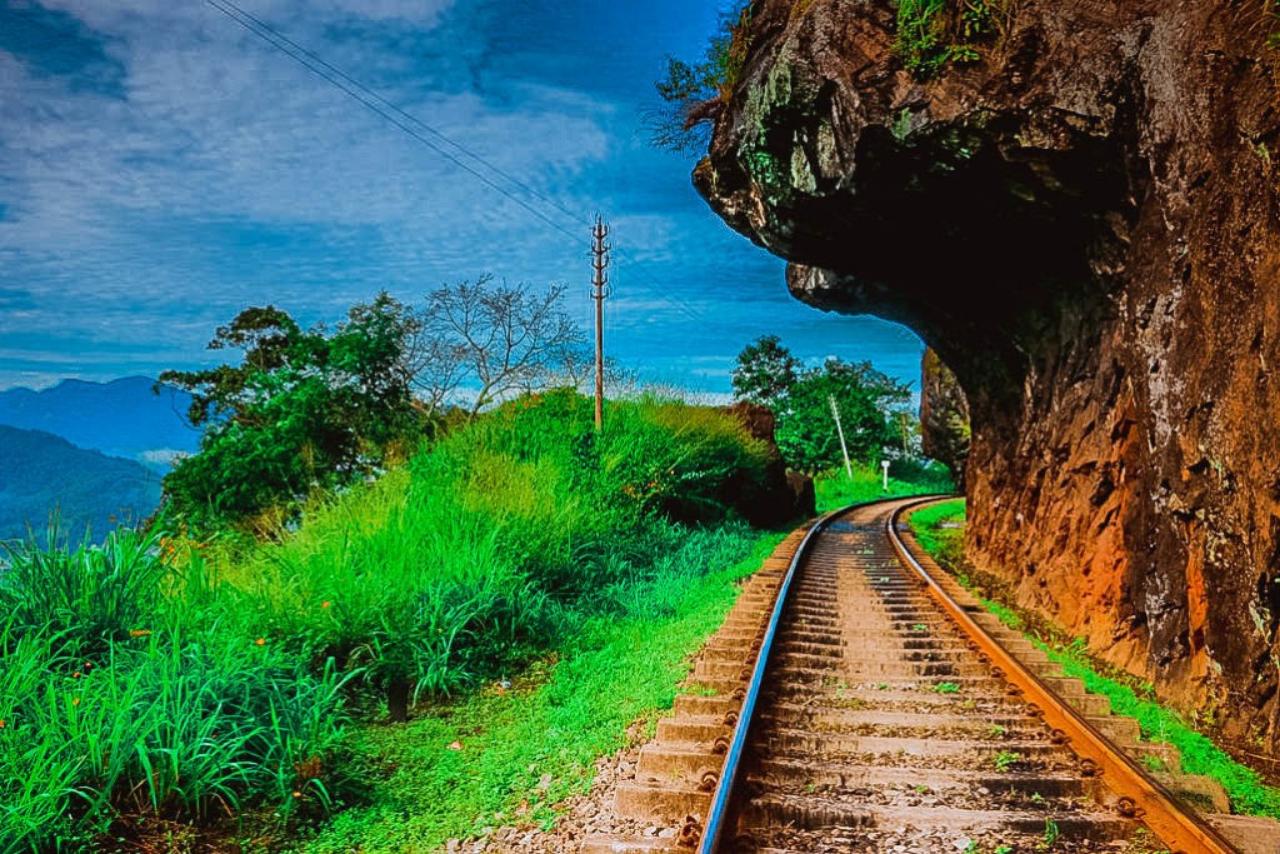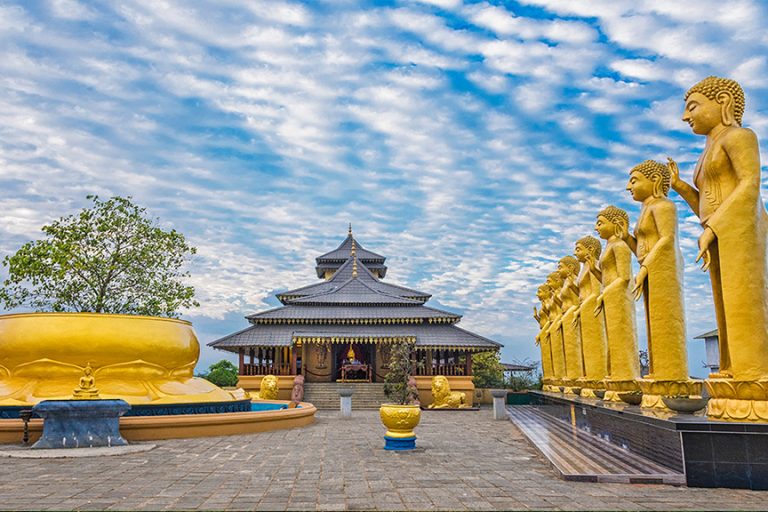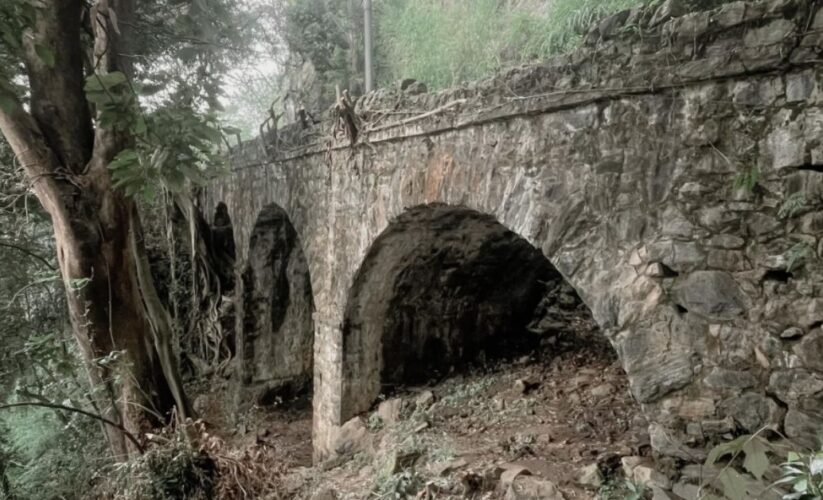
The Fascinating History of the Triple Arch Kadugannawa – A 19th-Century Masterpiece
Sri Lanka is full of amazing places, but few are as special as the Triple Arch Kadugannawa. Tucked away in the green hills, this old railway bridge has stood for more than 150 years.
It tells the story of incredible engineering and history, making it a must-visit spot for adventurers, history lovers, and photographers.
The Story Behind the Triple Arch Kadugannawa
Back in 1867, the British built the Triple Arch Kadugannawa as part of the railway connecting Colombo and Kandy. This was a time when Sri Lanka was under British rule, and trains were becoming the best way to transport goods like tea across the country.
A British engineer named William Frederick Faviell led the construction of this bridge. He and his team had to figure out how to build a strong and reliable railway line through Sri Lanka’s rough hills and rocky landscapes.
Instead of blasting away a massive rock face, they came up with a brilliant solution – they built a bridge right through it! This made the journey safer and kept the landscape intact.
The bridge became a key part of the railway system, helping to move people and goods between the central and coastal areas. It was considered an engineering marvel at the time, and even today, it remains an incredible sight.
What Makes the Triple Arch Kadugannawa Special?
The Triple Arch Kadugannawa has some unique features that make it truly stand out:
- Three Giant Arches: Unlike regular bridges, this one has three massive stone arches, supported by tall pillars. These give it a grand and powerful look.
- Victorian Engineering: The bridge was built using black stone blocks and Portland cement, a technique inspired by British architecture. No major repairs have been done since its construction, yet it remains solid to this day.
- Blends with Nature: The bridge sits in a valley filled with rolling hills and lush greenery. It looks like something out of a fantasy story, making it a favorite for photographers and travelers.
- A Secret Iron Bridge Below: Hidden just five feet below the main structure, there is a smaller iron bridge that most people don’t even notice!
Why Was the Bridge Abandoned?
If the Triple Arch Kadugannawa was such a success, why was it abandoned? Well, in the early 1900s, the railway line was slightly changed to avoid some dangerous rock formations.
There was an area near the bridge known as Lion’s Mouth, which was prone to rockslides. In 1897, a huge section of rock had to be blasted away to make train travel safer.
Engineers realized that the surrounding rock formations were unstable, so they built a reinforced concrete wall to prevent future landslides.
Because of this, the railway route was adjusted, and the Triple Arch Kadugannawa was no longer needed. However, the bridge itself remains completely intact, proving how well it was built!
A Glimpse into the Past
Even though no trains cross the bridge anymore, it still stands as a reminder of Sri Lanka’s colonial history. Old photographs from the 1800s show that the bridge was once called “Dark Arches.”
John C.M.G. Ferguson, a historian, also mentioned the Dark Arches in his book Ceylon in 1893, showing that this bridge has been admired for over a century.
Visiting the Triple Arch Kadugannawa Today
Nowadays, the bridge is a hidden treasure for explorers. If you love history, nature, or photography, this is a great place to visit! Here’s what you can expect:
- Stunning Views: The green hills surrounding the bridge create breathtaking scenery.
- Peaceful Atmosphere: Since it’s not a crowded tourist attraction, you can enjoy the quiet and take in the beauty of nature.
- Easy Access: You can reach the bridge by train or road. Once you arrive, it’s just a short walk to see the full structure.
- Perfect for Photos: Whether you’re capturing the towering arches or the scenic background, this bridge makes for an amazing photo spot.
The Legacy of the Triple Arch Kadugannawa
More than just an abandoned bridge, the Triple Arch Kadugannawa represents determination, innovation, and timeless craftsmanship.
- It was built during a time when railway travel was changing Sri Lanka’s economy and daily life.
- It showcases Victorian architecture that has stood the test of time without modern repairs.
- It remains a symbol of Sri Lanka’s rich history, connecting the past to the present.
Even though no trains pass over it anymore, the bridge continues to amaze those who visit. It is a hidden piece of history, waiting to be explored by those who seek adventure.
Final Thoughts
The Triple Arch Kadugannawa is a historic marvel that has survived over 150 years. From its brilliant design to its breathtaking location, this structure deserves to be remembered and appreciated.
Whether you are a history buff, a nature lover, or just someone looking for a unique place to visit, this bridge is a must-see. So, if you ever find yourself in Sri Lanka, make sure to take a trip to Kadugannawa and witness this incredible piece of history for yourself!
The Triple Arch Kadugannawa is more than just an abandoned bridge; it is a silent witness to history, a masterpiece of Victorian engineering, and a scenic marvel waiting to be explored.
What do you think about the history and significance of the Triple Arch Kadugannawa? Do you believe more should be done to preserve it?
Let us know your thoughts in the comments below! Also, don’t forget to share this article with your family and friends so they can discover this fascinating landmark too!
FAQ: Everything You Need to Know About the Triple Arch Kadugannawa
What is the Triple Arch Kadugannawa? It is a historic bridge built in 1867 during the British colonial period. It was part of the Colombo-Kandy railway line but was later abandoned after a railway diversion.
Where is the Triple Arch Kadugannawa located? The bridge is situated in Kadugannawa, a town in the Central Province of Sri Lanka.
Why was the bridge built? The bridge was constructed to help trains navigate the rocky terrain and steep hills of Kadugannawa without blasting through unstable rock formations.
Can visitors still access the bridge? Yes! Although no trains use it, the bridge remains a popular site for tourists, photographers, and history enthusiasts.
What makes this bridge special? The bridge is unique because of its three massive stone arches, its Victorian-era engineering, and the hidden iron bridge located just beneath it.
